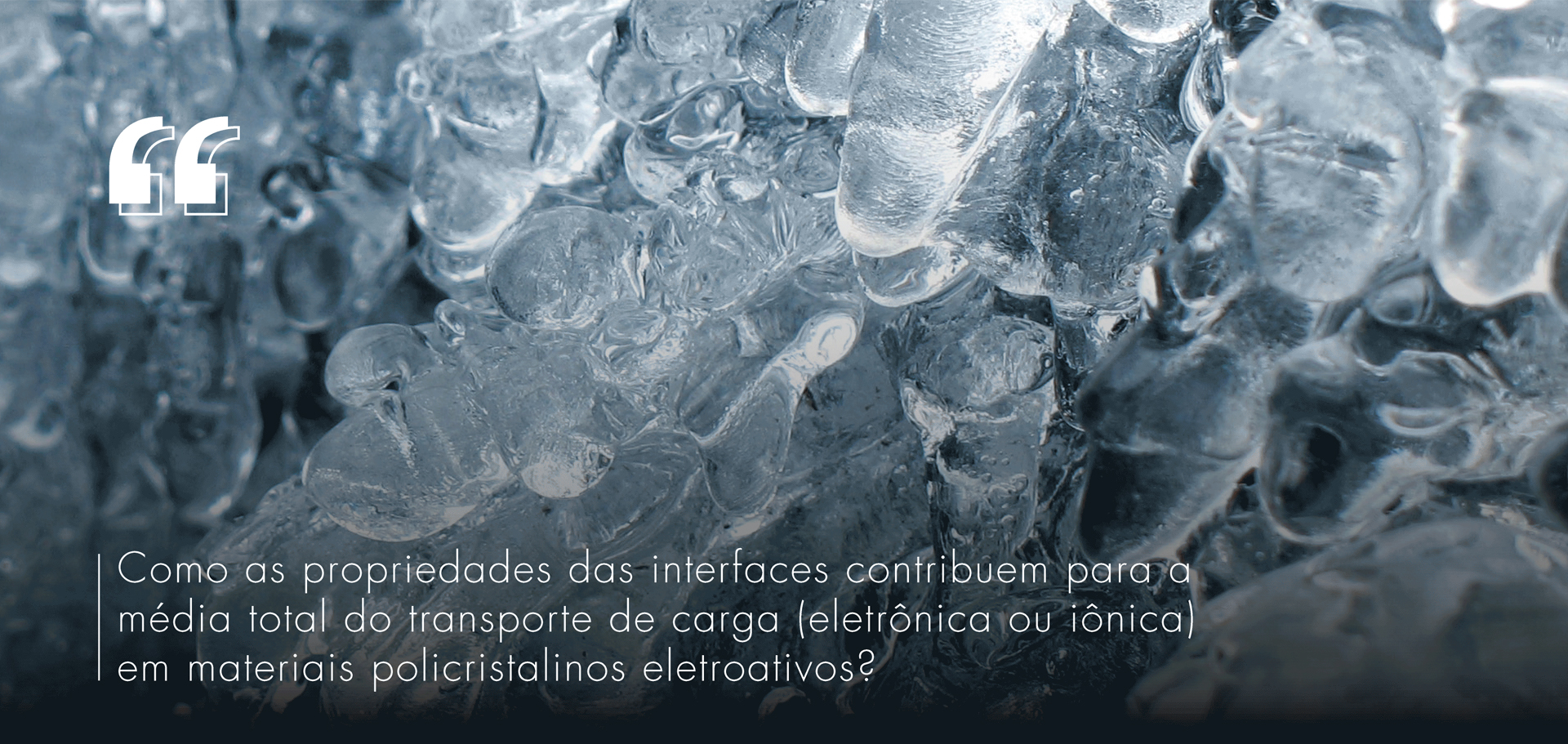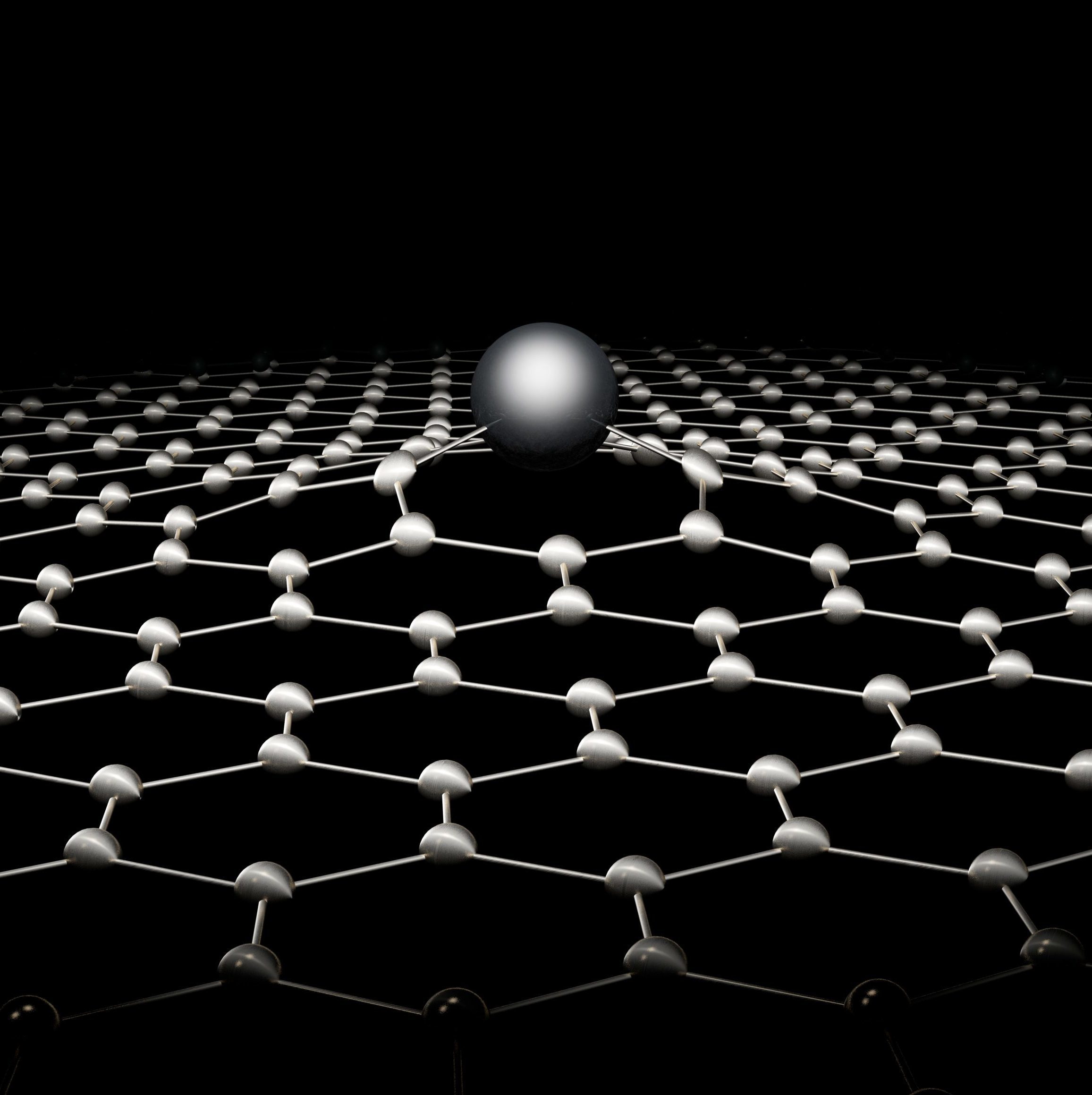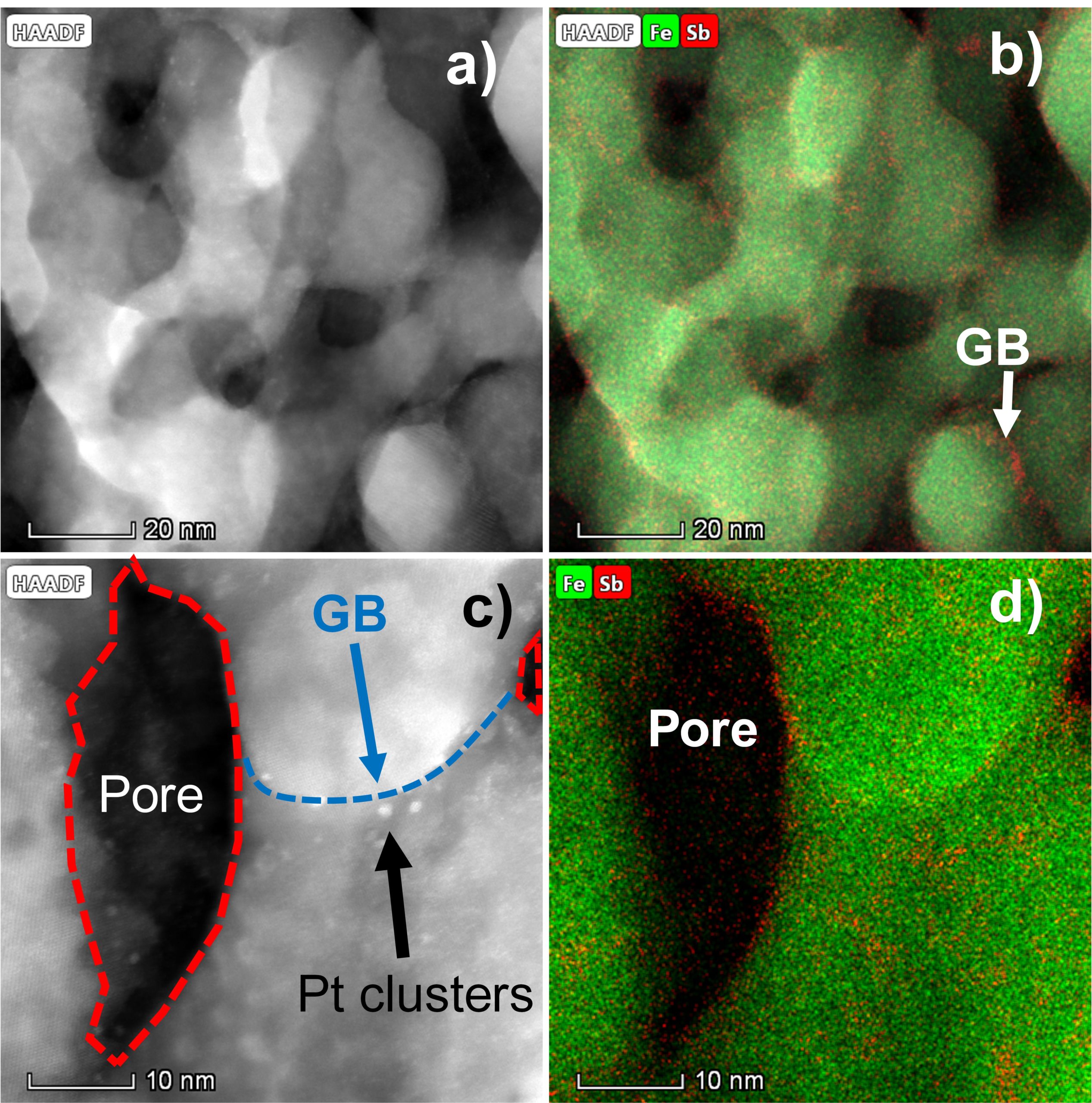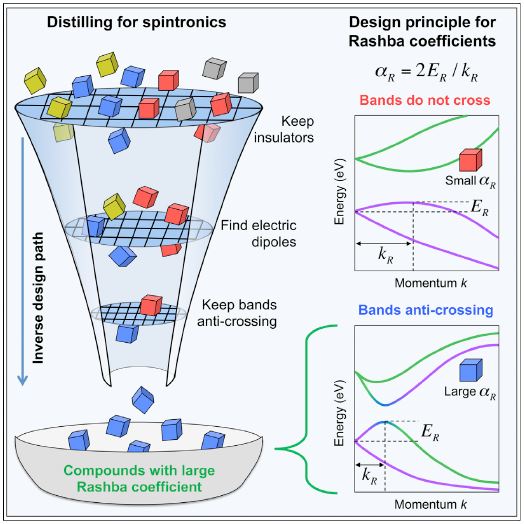Modern society faces more and more environmental challenges. And the biggest of these challenges is Energy. Fossil fuel-based energy sources release CO2 into the atmosphere, water and soil, creating environmental problems. A modern and sustainable society requires an alternative energy production. How can a country grow without increasing the demand for Energy based on the use of fossil fuels?
This is today’s dilemma and to solve it, it is necessary to develop and discover alternative energy sources, free of carbon, and which enable sustainable economic growth in an accessible and low-cost way. At LNNano we have an Energy program focused on using nanotechnology tools to develop alternative sources of energy generation using electrochemical processes.
The basis of this program is the development of solar energy storage processes from the generation of hydrogen (H2), a system that mimics photosynthesis and stores energy using electrochemical processes, mainly the development of solid lithium ion (Li+) batteries. The two energy storage processes that are the focus of this program (artificial photosynthesis and Li-ion batteries) have the same fundamental problems that lead to low device efficiency. We believe that solving these interface problems will lead to an increase in the efficiency of these devices, and thus make them more economically competitive.
The goal is to answer the following question:

How do interface properties contribute to the total average charge transport (electronic or ionic) in electroactive polycrystalline materials?
To answer this question we will use knowledge in materials science and modern tools for processing and characterization of nanomaterials, including micro and nano-fabrication, ultra-high resolution electron microscopy and tomography techniques available from Sirius.
 Projects
Projects

Storage and Energy
Influence of interfaces on electronic and ionic transport in PEC-type devices and solid-state batteries.

2D Materials
Analysis of electrochemical reactivity in 2D materials and its application in hydrogen generation.

Artificial Photosynthesis
Development of prototypes and implementation of in-situ and in-operating techniques.

Computational Simulation
Electronic, magnetic, structural and transport properties – Computational Simulation.

Nanofabrication
Nanofabrication processes and advanced characterization of electronic transport.


